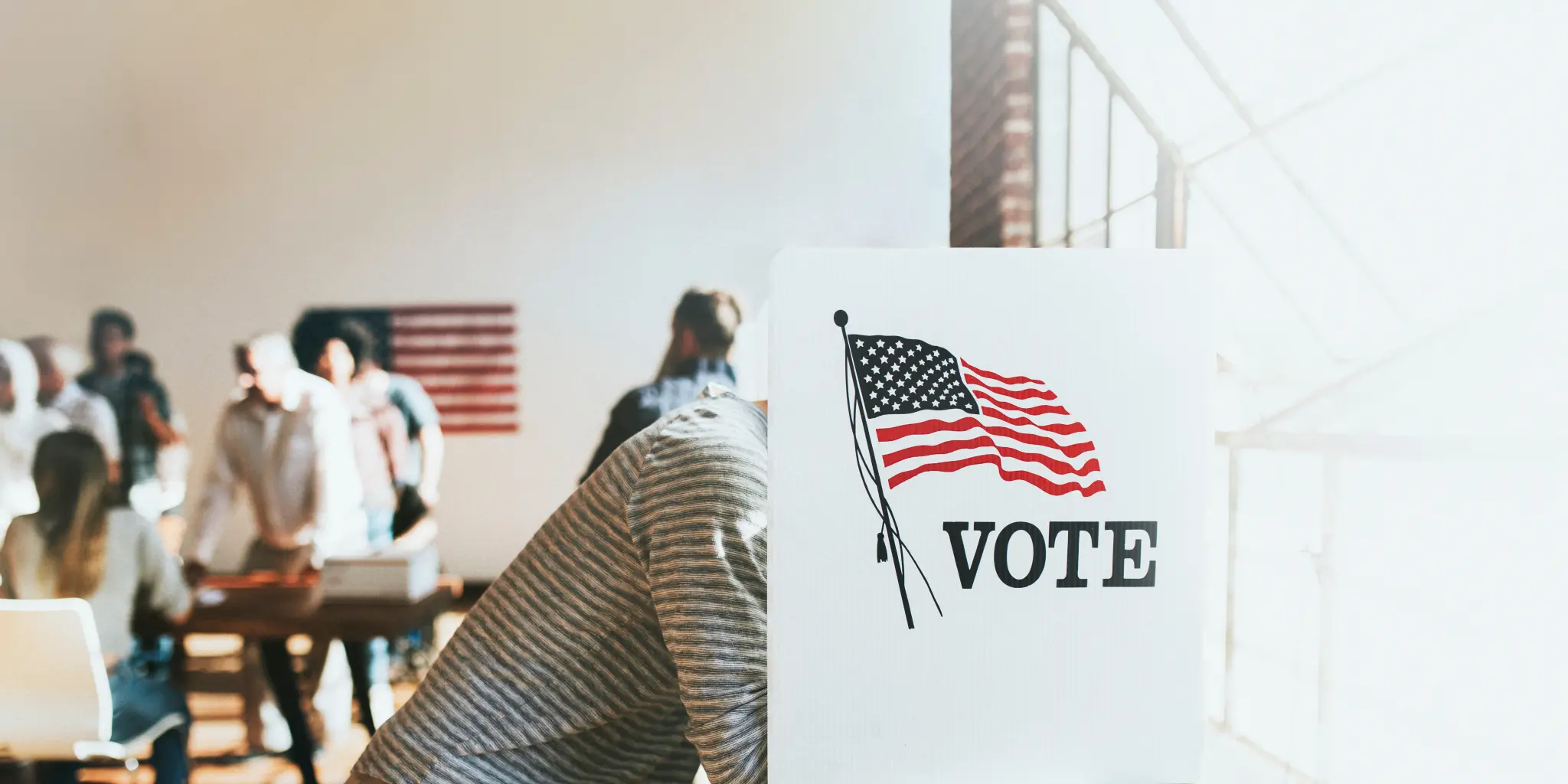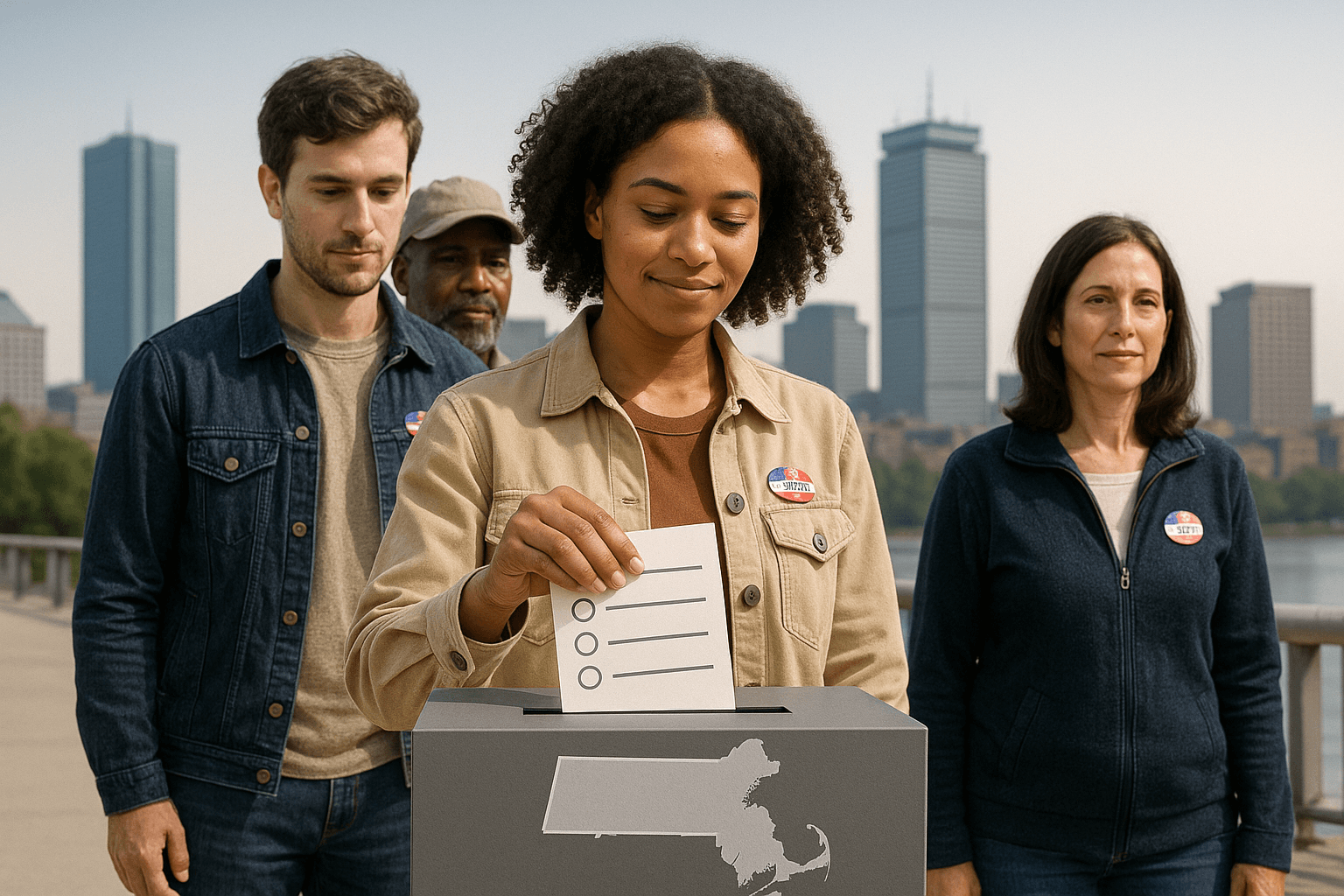Georgia's Costly, Low Turnout Runoffs Can Be a Thing of the Past

Georgia voters returned to the polls on July 26 for a round of primary runoffs, where they were asked to choose between the top two vote-getters in any primary race where no candidate won a majority of the vote. Throughout this election season, FairVote has followed primary runoffs around the country and written about their many failings, including the enormous cost of one Alabama runoff and the dismal turnout for Texas’s runoffs. Unfortunately, Georgia’s July 26th contests appear to be another example of these failings.
Asking voters to return to the polls for a second round of primaries makes the democratic process less accessible and dampens voter turnout. For the primary runoffs, the Georgia Secretary of State’s office reported that less than twelve percent of the electorate voted. Democracy is at its best when everyone participates, but that is far from what happened in this year’s primary process.
The drop in turnout between the primary election and the runoff is often enough to impact the results of a race. In one runoff for a Georgia State Senate nomination, the two candidates -- Tonya Anderson and Dee Dawkins-Haigler -- were separated by only 10 votes. Despite the competitiveness of this race, turnout in the runoff plummeted by over 4,000 voters compared the the primary election. Every voter’s opinion really did matter in this race, but more than 4,000 fewer people expressed their opinion in the runoff.
For some seats, these low-turnout primaries are also the last time that voters have a choice in who will represent them. Since many state legislature elections are only contested by candidates from one party, the primary elections are often the only time that voters have any input into who will represent them. Seven of the eleven candidates for the Georgia State House of Representatives who won in a primary runoff will be running unopposed in the general election.
Holding a second election does more than just burden voters and dampen turnout, however. Runoffs also come at a significant cost to taxpayers. In Richmond County, Georgia, officials estimated that their 2014 primary runoff cost the county around $100,000 to administer. With many different races going to runoffs across the state, taxpayers in many Georgia counties can expect to pay a similar price to hold runoff elections.
Runoffs are a poor way to get consensus primary winners given the significant decline in turnout from the primary, yet they come at a high cost.
What's the solution? Click here to read the full article.
Editor's note: This article originally published on FairVote's blog.


